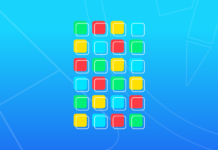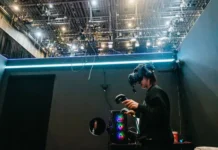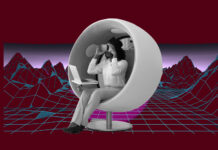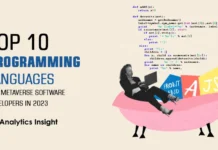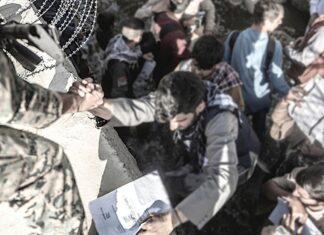Ray tracing is a lighting technique in the new generation of computer games that simulates the behavior of light in the real world in cyberspace, thus bringing the world of computer games one step closer to the truth.
Light can be thought of as a stream of photons. The more photons, the more intense the light that is produced. Reflection occurs when photons hit a surface and move away from it. Failure occurs when photons pass through a transparent material and change direction, or so-called bending.
What the tracking technique does is try to recreate how light actually works in the game world. This technique tracks the path of the simulated light by detecting millions of virtual photons. The more intense the light, the more graphics hardware must process the virtual photons, while also predicting and recreating the behavior of light when reflected or refracted.
Beam tracking calculates how light is reflected and refracted in each scene and how it is captured by the lens – or the actor’s point of view. This involves a huge amount of processing. Beam tracking lighting can also create more realistic shadows in dark and light scenes, with softer edges and greater sharpness. Achieving such image quality is very difficult without beam tracking.
Beam tracking is not a new phenomenon. Computer animation has been using this technique for about two or three decades now. In its early days, this process required “computer farms” to produce a complete film, as producing a frame by tracking the behavior of light could take hours or even days.
However, the new generation of graphics cards and computer game consoles run this process with much smaller hardware and much faster than their predecessors. The Xbox X / S, PlayStation 5, and new gaming PCs all have beam tracking capabilities. One of the most popular games that uses this technique to increase realism is the latest issue of the popular game “Assassin’s Creed”.








